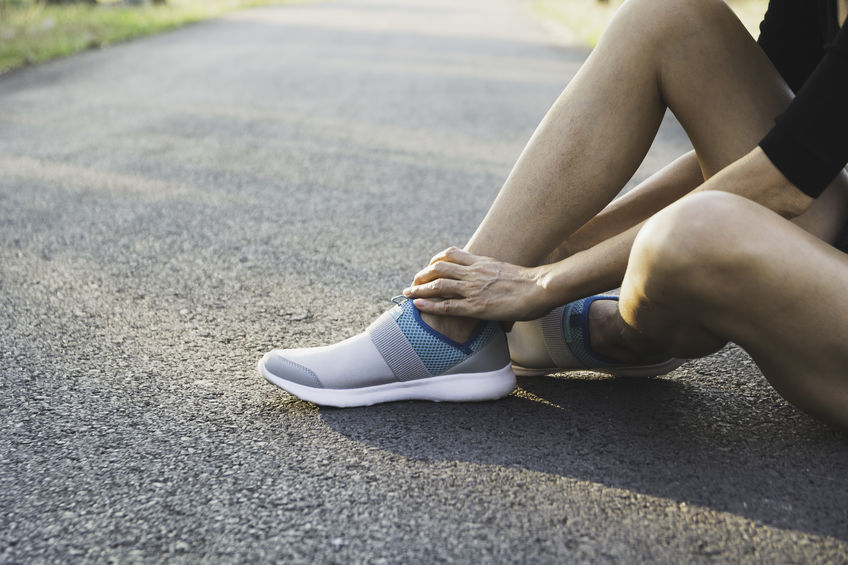Preserving Joint Health With Age
Just because a person ages doesn’t mean joint health has to decline. Although new bone production naturally slows as people age, making smart choices about diet and activities can help preserve mobility and stability. Avoid sliding into a sedentary lifestyle that can limit joint function and quality of life by considering the following tips.
Pay attention to diet
Food alone won’t entirely prevent joint health function from declining. Research consistently shows that eating a balanced, nutritious diet and avoiding empty calories can lower the risk of osteoporosis or arthritic flare-ups. Fatty fish like salmon and mackerel are excellent sources of omega-3 fatty acids which can preserve joint function while reducing inflammation.
Lose weight if needed
Being overweight or obese can increase an individual’s chances of developing osteoarthritis. Research proves that carrying extra weight can put more strain on the joints, especially the knees. Some evidence points to the idea that every extra pound of weight translates to an additional 4 pounds exerted on the knees. Over time that added strain causes more wear and tear on the joints. Avoid this fate by reaching and maintaining a healthy weight.
Get active
Keeping the joints in tip-top shape is about more than diet and losing weight. People also need to stay active to maintain mobility and avoid losing function. As a person ages, focus on low-impact activities such as walking or swimming that put less strain on the knees. Experts recommend that adults aim for roughly 150 minutes of moderate-intensity exercise weekly.
Nix the tobacco
As many people know, tobacco is an addictive substance that can have pervasive health implications. While most individuals associate cigarette use as dangerous for the heart and lungs, the truth is that nicotine can also impact joint health. A recent study found that engaging in a smoking cessation program can lower the risk of developing rheumatoid arthritis (RA) significantly.
Improve posture
Along with eating right, avoiding known vices, and staying active, don’t forget to sit up properly and avoid slouching. In addition to reducing aches and pains, proper posture can also preserve joint health and reduce the risk of unnecessary strain.
Treat joint injuries immediately
While many minor aches and pains can be managed with at-home care and a little ice and pain medication, sometimes people need a professional. More serious injuries can alter a person’s gait or require rehabilitation or physical therapy (PT) to heal properly. Don’t delay treatment or assume that an injury is no big deal.
When in doubt, ask for help
Most tips for protecting joint health are fairly straightforward. Eating right, getting enough exercise, and maintaining a healthy weight are all guidelines that make sense. Sometimes people need a little help to get on the right track. Whether trying to revamp a dysfunctional diet or kick start an exercise routine, don’t be afraid to ask for help when needed. Speaking with a registered dietician (RD) to identify healthy food or asking a physical therapist for the best low-impact exercises can help protect the joints.



